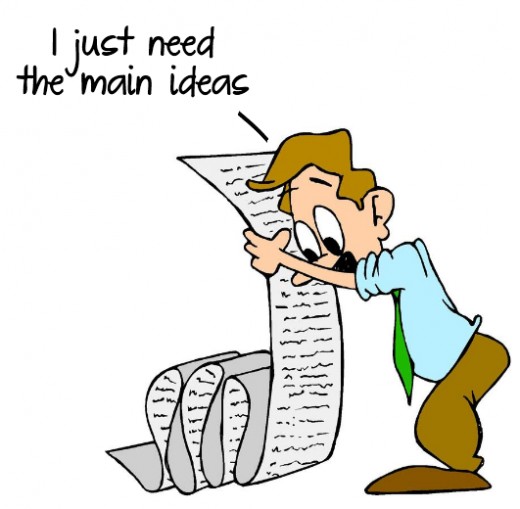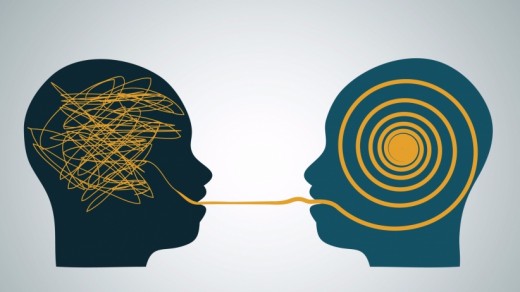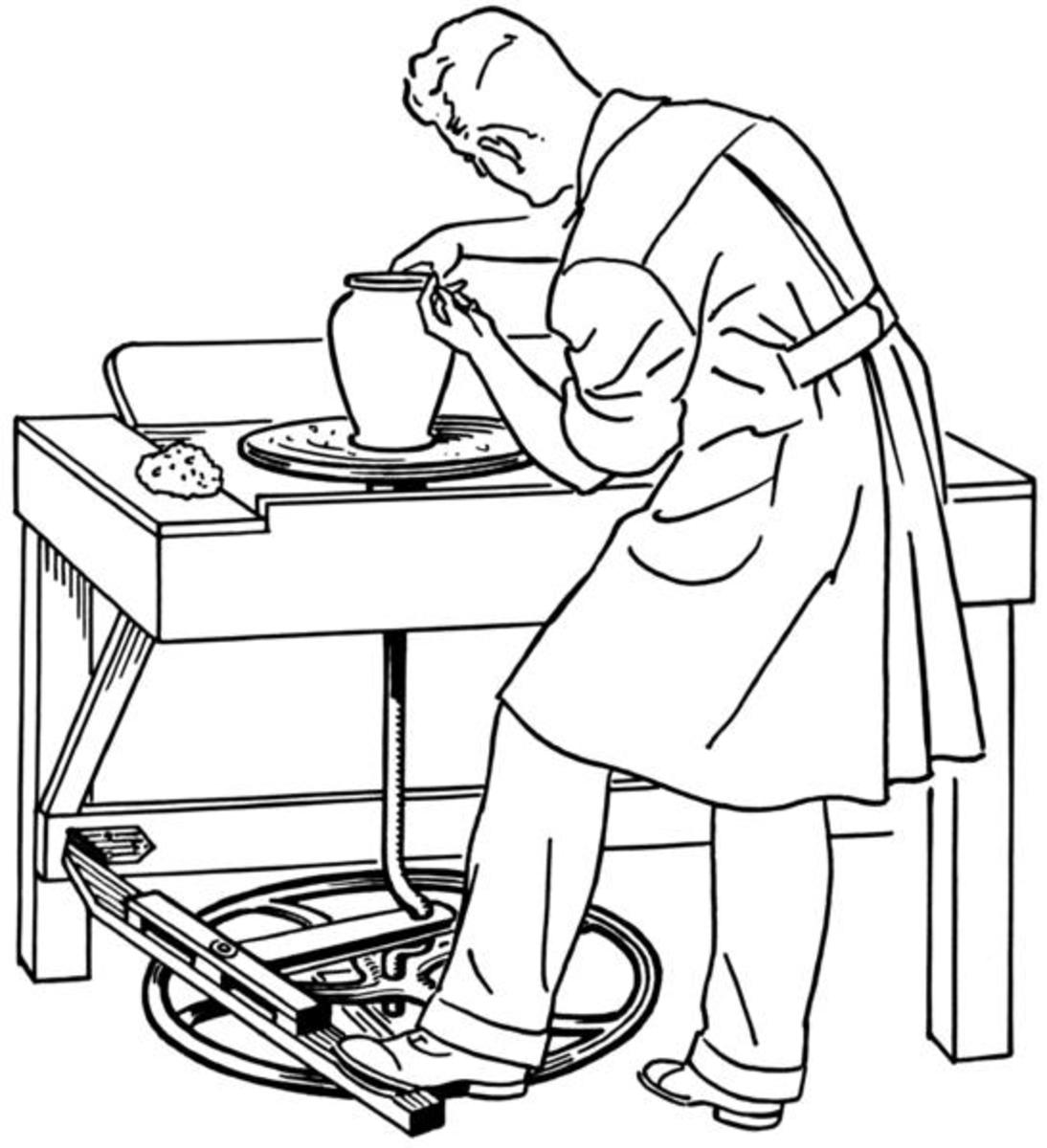Seven Techniques For Increasing Learning Power Potential

Introduction
The term ‘learning’ means different things to different people. It cannot be assumed that a particular word or phrase, for example, has identical meaning for everybody. Different people interpret learning of a particular idea in a different way.
Even the theories of learning have been evolving and changing the definition of learning. This pattern of shifting definition of learning can be summarized.
The occurrence of learning takes different forms. The same rules cannot be applied to all types of learning. The approaches to learning are dependent on two factors:
- Skill-based learning: This type of learning has a practical component. People learn the rudiments of doing a particular job while actually working with the requisite equipment, for example, electricians, carpenters, typists, data entry operators, mechanics, drivers etc.
- Knowledge-based learning: This can be classified into two categories:
- Skill and knowledge-based: Learning which involves knowledge of concepts at a higher level combined with practical experience falls in this category, for example, doctors, engineers, software developers etc.
- Concrete or abstract ideas-based: This type of learning takes place only when one is able to grasp both concrete and abstract ideas, for example, teachers, public speakers, analysts, management professionals etc.
Effective learning can take place only when one employs several techniques. Some of these are given below.
1. CONCENTRATION

Learning requires that a person’s mind should not be occupied with something else. Quite often it happens that you are doing one thing – reading, for example – but subconsciously you are thinking of something not connected with the task at hand. You might be reading a chapter on aerodynamics, for example, but you might be thinking of your forthcoming travel plans or a tennis match you are going to play next day. In this situation, whatever you read will not register, and you may have to read the same thing repeatedly.
The basic rule for comprehending what you are reading is that you fully concentrate on the task rather than allowing your mind to wander. At its own you cannot discipline your mind as you would your student, your younger brother/sister or your co-worker.
You need to practice some exercises to improve your concentration. Mind keeps on bringing out ideas, thoughts or images – without your conscious effort. Its nature is very fickle and is quite capable of producing images which you are not even trying to think of at a particular time.
You need to control this phenomenon in order to boost your concentration with regard to the task at hand. You need to strengthen the power of your mind. Some of the exercises that could help you are these:
- Sit down on the floor or chair – whatever you are comfortable with – and take deep breaths. Relax all your muscles from head to toe. If you can, do simple yoga exercises.
- Take a text (from a book, newspaper or magazine) and count the words on a page. Count again to ensure you arrived at the correct number.
- Count backwards in your mind, from 100 to 1.
- Count in your mind from 100 to 1 skipping each 3 numbers i.e. 100, 97, 94 etc.
- Look at a picture. Don’t try to identify the objects. Just focus on the whole.
- Sit straight on a chair and focus on the tip of your nose. Don’t allow your mind to think of anything else.
- Sit still on the chair. Don’t make any movement whatsoever. Do it as long as you don’t feel strain.
- Sit on the chair with a table in front of you. Keep your hands on the table. Close and open your left fist five times. Then do the same with your right fist. Lastly, do with both the fists simultaneously.
- Sit on a straight backed chair. Press your thumb on the right nostril and take a deep breath through the left nostril. Count to ten. Then put a finger to the left nostril, release your thumb from the right nostril and breathe out through the right nostril. Do it ten times. Repeat the exercise with the left nostril.
You will not see the results in a day or two. It takes time. It is an old adage that Rome was not built in a day. It took a lot of time, human energy, and material to accomplish this task. You don’t have to do all the exercises mentioned above. Select whichever suits you, and practice.
2. Skimming and Re-reading
It is difficult to absorb everything in one reading, particularly when the text is of a complex nature – either the subject is difficult or too many significant points have been put together or there are far too many difficult or unfamiliar words and phrases.
It is therefore helpful if first reading is done fast without looking at the meanings of words or concepts. This skimming of the text usually gives a general idea of what the text contains. The second reading – re-reading – needs to be done slowly and carefully while trying to understand the underlying concepts or ideas.
This is based on the fact that first we look at the overall picture and then see the details. For example, when you enter a room for the first time, you see the room as a whole – big, small, well-lighted, dark and gloomy etc. Then you look at the individual aspects – size, design and color of furniture, photos or paintings on the wall, decoration items etc.
Similar is the case about learning. We first see the whole picture and get an idea of the whole, and then we discern various individual aspects. This method of first skimming and then re-reading helps comprehension and retention to a large extent.
3. Highlighting/underlining

While re-reading a text, either highlight sentences or parts of sentences that have relevant points, or you may underline them. It depends on your own style which method you choose.
If you highlight, you may not be able to clear it. But in case you underline with pencil, you may clear it later, if required. This method helps you in two ways:
- First, you are able to concentrate on the main points later when you refer to the text; and
- Second, it helps you make notes using the highlighted or underlined parts. This also helps in finding the correct points in answer to multiple-choice questions.
4. SUMMARIZING
Make a summary of a section of the chapter/unit you are trying to learn. While doing so you are bound to include the important points contained therein. In this process, you read, decide on the relevant information, and then you write.
This reinforces the learning that might have taken place while reading.Summarizing is not an alternative to note-making.
Note-making has its own importance and cannot be sacrificed. Summarizing, in fact, further reinforces the notes that you have made.
Summarize for the main ideas

5. Elaborative Integration

It is the process of asking yourself ‘why’ in an attempt to understand concepts. After you have read a couple of paragraphs, ask yourself questions related to the material. For some, reading becomes generally monotonous after a time.
Thus elaborative integration done during reading can relieve you of monotony and help in enhancing learning. This ensures your understanding of the concept(s). To reinforce your understanding, you may even write down your questions and the answers you get.
6. SELF-EXPLANATION

Self-explanation is closely related to the method of elaborative integration. When doing it, write down the questions that you want to ask yourself, and then write down the answers. It lets your brain organize the material as per its importance.
This method is suitable for a wide variety of subjects and textual material. However, you may find this method time-consuming in the beginning, but with practice you will be able to do it faster and start enjoying the benefits accruing from your exercise.
7. Test Yourself
This is one of the best methods to ensure that learning has taken place. Prepare a short test for yourself after each chapter/unit. It could be subjective type or multiple-choice. Mark your answers with the help of information in the text.
You can choose to ask questions to yourself and answer, or you can write down the questions and then answer them. This helps in retaining the information you have learned. Unless you test yourself frequently after studying a particular unit, you will not know whether the facts have registered or not.
You don’t have to adopt all of the above methods. Choose what suits you. You may even choose a different method for another subject you want to learn.








